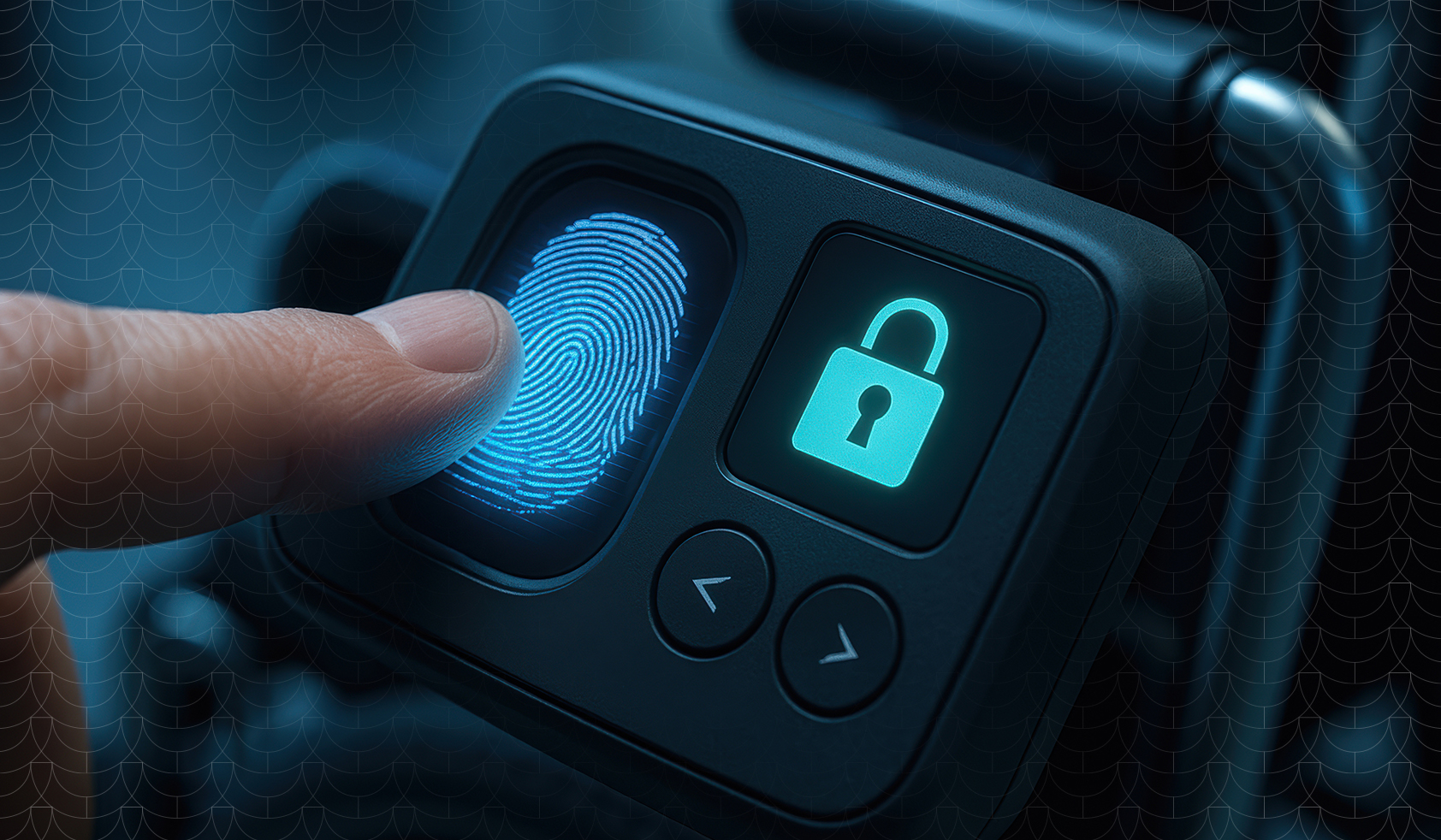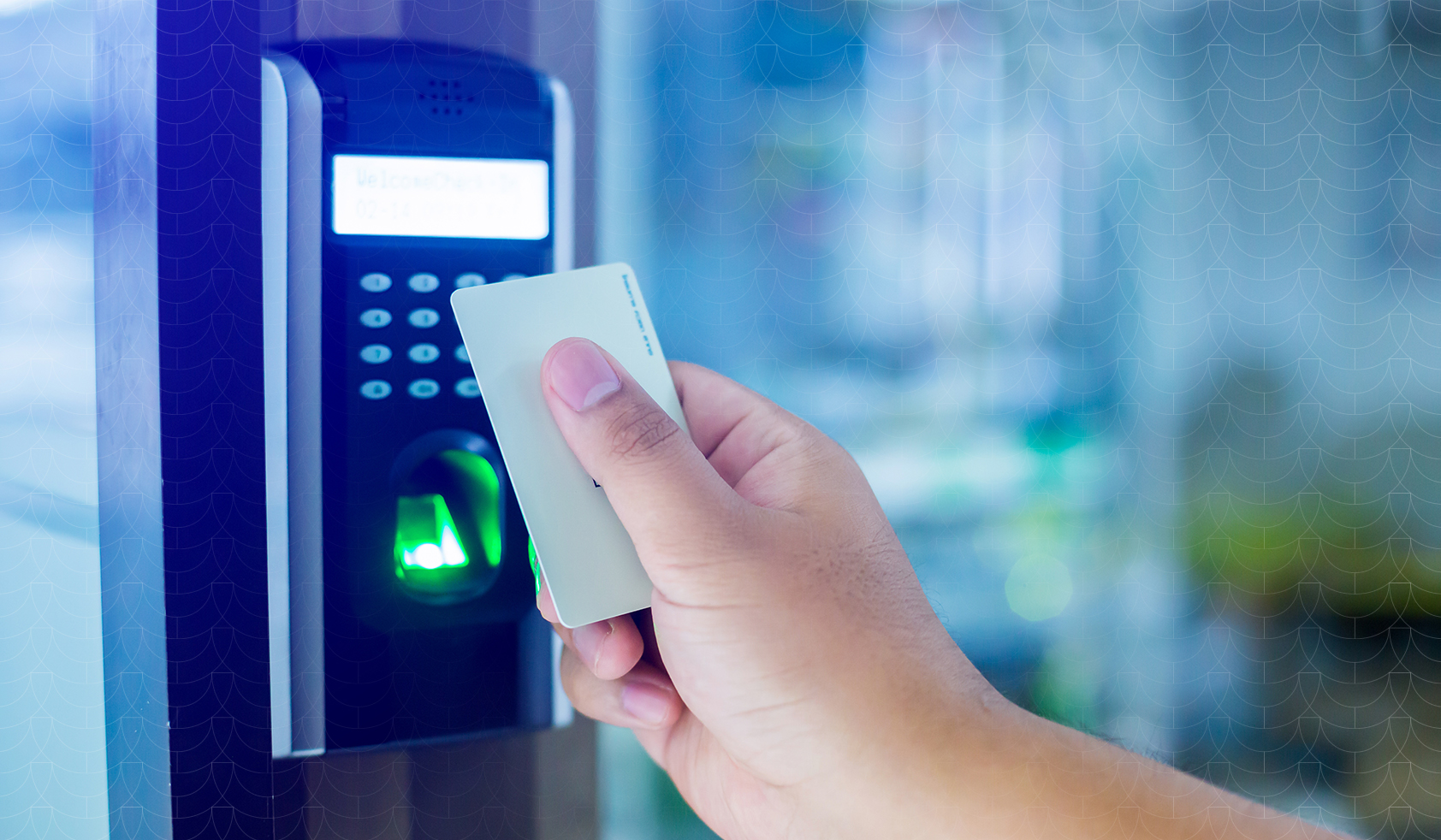Table of contents
What is hospital access control?
Why access control systems matter for healthcare facilities
Types of hospital access control systems
Why hospitals need modern access control systems
5 steps to implement an effective hospital access control system
Key challenges in hospital access control, and how to solve them
Latest technologies in healthcare access control systems
Hospitals are among the most complex and vulnerable facilities to secure.
From NICUs to data centers, every corner of a healthcare environment needs precise access control. Just one wrong entry could lead to real harm. Outdated systems, disjointed tools, and manual workarounds put patients, staff, and sensitive data at risk.
This guide explains how hospital access control works, why it matters, and how modern, integrated systems can raise the standard for safety and efficiency across your entire facility.
What is hospital access control?
Hospital access control refers to the systems and processes used to manage and monitor who can enter specific areas, use certain systems, and access sensitive information. It includes everything from physical door locks to digital identity management and real-time monitoring of staff, visitors, and vendors.
Modern access control systems are smart, scalable, and context-aware. They keep care flowing while keeping risk out.
Read more: Revolutionizing Hospital Security with Cutting-Edge Access Control
Why access control systems matter for healthcare facilities
Hospitals operate 24/7, manage massive volumes of patient and staff data, and need to secure hundreds of access points - all while complying with strict healthcare regulations. An access control system will:
Keep patients safe
Access control systems prevent unauthorized individuals from entering sensitive areas such as NICUs, psychiatric wards, or medication storage, helping to protect vulnerable patients and medical assets.
Protect sensitive data
By restricting access to electronic health records and IT systems, hospitals can reduce the risk of data breaches and maintain strong cybersecurity.
Support staff safety
Limiting who can enter certain areas helps reduce the risk of internal threats, confrontations, or disruptions in high-stress clinical environments.
Stay compliant
Standards like HIPAA and ISO 27001 require strict access controls to protect patient information and critical infrastructure, making compliance easier to manage.
Streamline operations
Modern access control systems simplify visitor management, reduce administrative work, and give staff more time to focus on patient care.
Read more: 7 Benefits of Implementing an Access Control System in Your Security System
Types of hospital access control systems
Hospitals use several layers of access control, often working together. These are:
Physical access control
Hospitals use physical barriers to control who enters certain areas. These include main entrances, patient floors, operating rooms, pharmacies, and server rooms. Systems may use keypads, badge readers, biometric scanners, or turnstiles. Physical access often connects with visitor management tools to control and track temporary access.
Electronic access control
This system uses credentials like keycards, RFID badges, or mobile phones to grant or deny access. It allows permissions to be updated instantly and logs every entry attempt. Sensitive zones can require multi-factor authentication for extra protection.
Logical access control
Logical controls protect digital systems such as electronic health records, imaging software, and scheduling tools. These systems often link to identity and access management platforms. Hospitals may use biometric logins, single sign-on, or rules that restrict access based on time or location.
Why hospitals need modern access control systems
Upgrading access control will tighten security while unlocking efficiency and compliance gains. The benefits include:
Improved patient and staff safety
Access is based on each person’s role. Staff can only enter the areas they need for their job. This reduces the chance of mistakes or security breaches.
Easier visitor management
Visitors can check in with ID, have their photo taken, and receive a badge. The system tracks where they are allowed to go and blocks access to other areas.
Better data security and compliance
Access to patient records and medical equipment is tightly controlled. This helps hospitals meet legal requirements like HIPAA and ISO 27001.
Less manual work for staff
Access can change automatically based on staff schedules or emergencies. Security teams do not need to make updates by hand.
Quick response to threats
Security staff get alerts if anything unusual happens. They can lock doors or adjust access from any location using cloud-based tools.
Easy to scale
The same system works whether you run one hospital or many. It adjusts as your needs grow or change.
5 steps to implement an effective hospital access control system
1. Assess risks and requirements
Conduct a full audit of physical and digital access points, user groups, and high-risk areas.
2. Define roles and permissions
Use role-based access control (RBAC) to grant the minimum required access based on staff responsibilities.
3. Choose the right technologies
Select systems that support MFA, mobile credentials, visitor management, and integrations with HR and IT platforms.
4. Integrate with existing infrastructure
Ensure your access control platform connects with surveillance, alarms, and hospital management systems.
5. Test and train
Run simulations, test failover systems, and train staff to ensure everyone knows how to use the platform safely and effectively.
Read more: 11 Features to Consider when Selecting the Right Access Control Solution
Key challenges in hospital access control, and how to solve them
Keeping security strong without slowing people down
If access is too strict, staff get frustrated. If it’s too loose, it creates risk. Smart access systems adjust in real time to balance both.
Busy, high-traffic areas
Hospitals are always active. Tools like Fastpass and Virtual Receptionist help check people in quickly and reduce queues.
Staff changes and access mistakes
Linking access control to HR systems means permissions update automatically when staff join, move, or leave.
Old systems that are hard to upgrade
acre’s systems can connect with your existing setup. You can add new rules and tools without starting from scratch.
Latest technologies in healthcare access control systems
New technologies make it easier to manage who goes where, automate tasks, and respond to issues faster. Here are the tools hospitals are using to do that.
Mobile credentials
Let staff use their phones to unlock doors. It works with Bluetooth, NFC, and face or fingerprint scans.
AI-powered threat detection
The system can spot unusual activity and send alerts. It can also link to cameras for faster decisions.
Real-time location tracking (RTLS)
Track where people or equipment are. Use this to allow or block access based on their location.
FITS automation
Use no-code tools to build access rules, set up alerts, or lock down areas. No developer needed.
Virtual reception
Check in visitors using a touchscreen kiosk with live video support. It’s always on and saves costs.
Why use acre security for hospital access control?
Hospitals and healthcare networks choose acre because our systems are built for complexity, risk, and scale.
With acre, you get:
- Cloud-native access control with zero server maintenance
- Real-time updates and 24/7 monitoring
- Role- and rule-based logic built in
- Seamless visitor management with Fastpass, TDS, and A-PASS
- No-code automation with FITS scripting
- Secure communications with Comnet
- Tap-and-go mobile access via acre Wallet
- Custom integrations through our open API platform
- A clear, central view of who’s in the building, where, and why
Ready to upgrade your hospital security? Talk to acre to see how we help hospitals stay secure, compliant, and efficient.
FAQs
What is hospital access control?
Hospital access control refers to the tools and rules used to manage who can enter specific areas or access systems in a healthcare facility. It includes physical barriers, digital credentials, and software that tracks and controls movement.
Why is access control important in hospitals?
Hospitals need to protect patients, staff, and sensitive data. Access control prevents unauthorized entry, helps meet compliance standards like HIPAA, and supports safer, more efficient operations.
What types of access control do hospitals use?
Hospitals typically use three types:
- Physical access control (e.g. badge readers, biometric scanners)
- Electronic access control (e.g. keycards, mobile credentials)
- Logical access control (e.g. login systems for EHRs and clinical tools)
How does access control support patient safety?
It keeps unauthorized people out of critical areas like NICUs and medication storage. This protects vulnerable patients and ensures only trained staff are in sensitive zones.
Can access control systems help with compliance?
Yes. Systems that restrict access to data and areas help hospitals meet standards like HIPAA, ISO 27001, and NIST 800-53 by providing audit trails and enforcing policy.
What challenges do hospitals face with access control?
Common issues include high traffic, staff turnover, outdated systems, and balancing security with user experience. Smart systems like acre’s adjust access rules in real time and integrate with existing tech.
What is role-based access control in healthcare?
Role-based access control (RBAC) means staff only get access to the places or systems they need to do their job. It reduces risk and simplifies permissions.
How do mobile credentials work in hospitals?
Staff can use their phones to unlock doors. These systems use Bluetooth, NFC, or biometrics like Face ID to verify identity, adding both speed and security.
What is FITS and how does it help hospitals?
FITS (Functional Integration Toolkit Scripts) is acre’s no-code automation tool. Hospitals use it to build rules for access, alerts, visitor check-ins, and emergency responses without developer support.
Why choose acre for hospital access control?
acre’s systems are purpose-built for healthcare. They are cloud-native, work with existing infrastructure, and support real-time monitoring, automation, and scalable control across single or multiple sites. Learn more.





